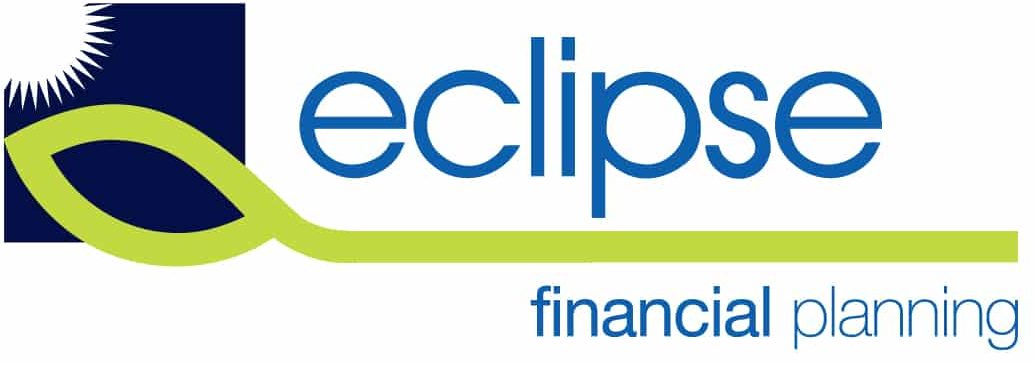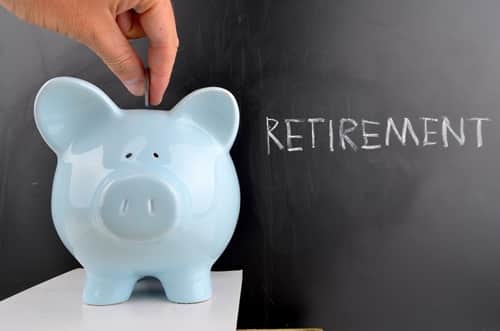Self-employed workers are the beating heart of the Australian economy. From small business owners to freelancers, over 17 per cent of the workforce is made up of these hard-working individuals, according to Independent Contractors Australia. That’s 2 million Australians who work tirelessly, often with an abundance of lifestyle rewards and personal satisfaction. Not to mention the freedom to be your own boss! However, this liberty can come with a few strings attached.
For one, because you’re in complete control of the direction of your financial future, careful planning is essential to ensure a comfortable retirement. But where do you start? Here are 3 tips to help you get the most from your self-employed autonomy.
1. Protect your income
The beauty of self employment is the ability to dictate your own working hours, set your wage and determine the direction your budding enterprise or service is going to take. But if you’re left out of the loop due to injury or illness, it can become a big risk to your financial security. You don’t have the back up of sick leave like in a conventional 9-5 job, meaning you and your family could be left without a source of income while you recover.
No matter your employment status, income protection is a crucial aspect of a good financial planning strategy – and this is especially the case for self-employed workers. There are copious insurance options to choose from, depending on the level of cover you want and the time period you set. Don’t forget: The Australian Taxation Office (ATO) allows you to claim the cost of the premium on your tax return, which can make this essential much more affordable.
2. Don’t forget about superannuation
Many self-employed people forget about the importance of superannuation and find themselves without a comfortable backstop when in their twilight years. This could be because they don’t have an employer to pay contributions, meaning retirement savings slip into the background amidst the bustling, day-to-day activities of running your own business. In fact, according to the Australian Association of Super Funds of Australia, over 250,000 self-employed people have no superannuation at all.
This could be a great incentive to use super as a way to accumulate savings for retirement – and if you’ve decided that a self-managed super fund could be the route for you, you can even think about property investment. Just be sure to speak to your accountant and financial adviser about the pros and cons before committing.
You might also be eligible for government super contributions. For instance, if you earn less than $49,488 per year and make after-tax contributions to super, the government may match them, according to the Australian Securities and Investments Commission (ASIC).
3. Be tax aware
Part of being secure in your future is understanding where you can save – and this includes saving on tax. While you’ll need to set aside extra for income tax payments (both your first year’s lump sum and quarterly payments thereafter), you can claim a number of deductions, particularly on super. For example, you might be eligible for a tax deduction of up to $30,000 each year for your contributions, according to ASIC. This can be a great way to build up your savings over the long-term – just be sure to have your contributions in before the end of the financial year to see that you get the full benefit.
As you can see, financial planning can be chock-full of different layers when you’re self employed. If you’ve got any questions about how you can set yourself up for a secure future, speak to your financial adviser.

